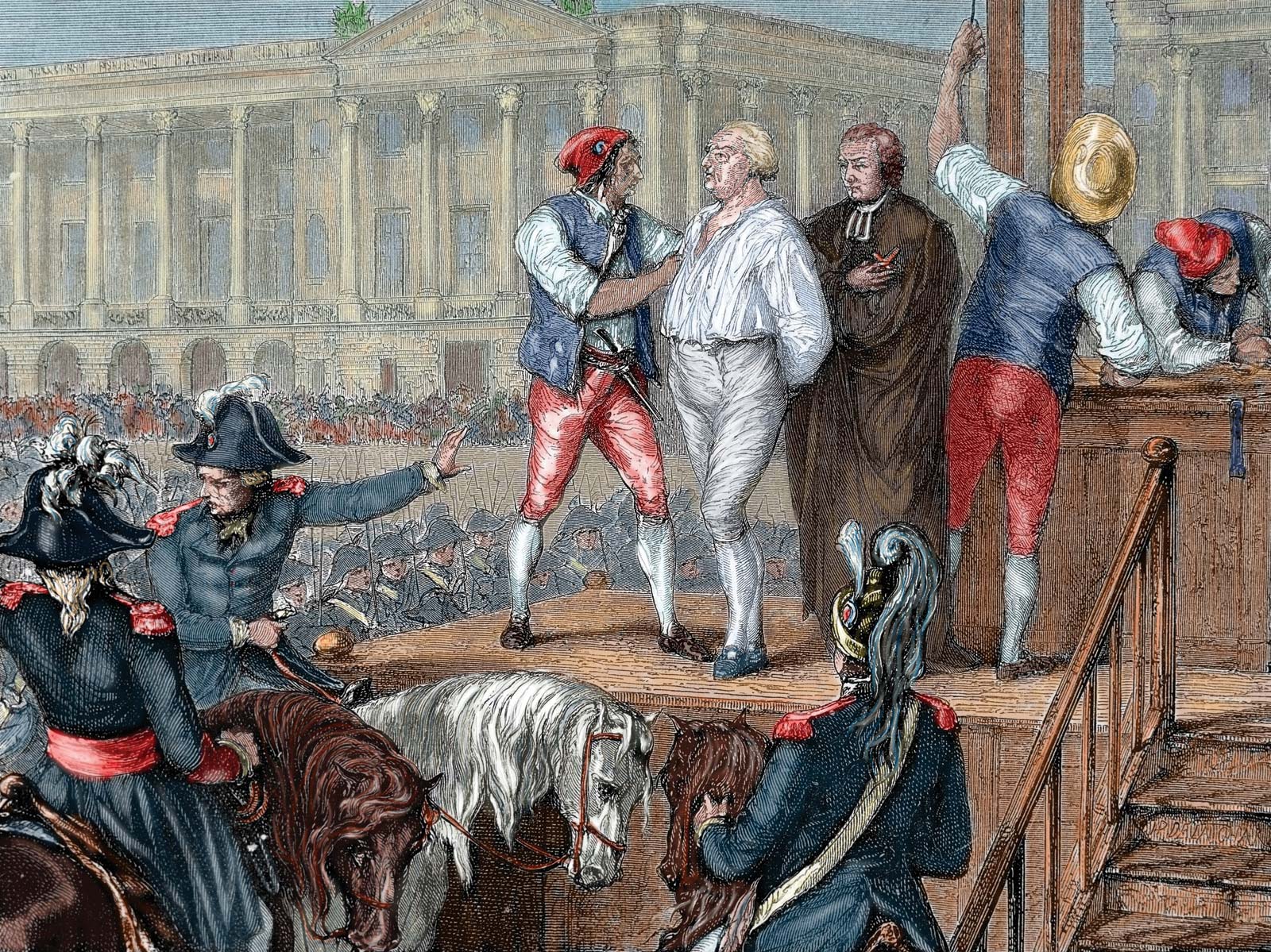5.1 Contextualizing 18th-Century States
3 min read•june 18, 2024
Jillian Holbrook
AP European History 🇪🇺
335 resourcesSee Units
Economic Expansion
European economic expansion in the 18th century was characterized by a number of factors, including the growth of trade and commerce, the development of new technologies and industries, and the expansion of European colonialism.
Trade and Commerce
In the 18th century, European countries began to establish new markets and trade routes. As a result of the expansion of trade, new industries grew, including textiles, shipbuilding, and metalworking, which helped to drive additional economic growth. In the global economic network, countries competed with each other to improve their commercial interests.
Technology and Innovation
Moreover, the development of new technologies and innovations led to the rise of the Industrial Revolution. During this time frame, the steam engine facilitated the mechanization of manufacturing and increased productivity. Subsistence farming was replaced by commercial agriculture, and the factory system rose alongside urbanization—influencing the mass migration of people to cities.
Improvements in transportation and communication, like the development of canals and the expansion of the postal system, also increased trade and commerce. There was pressure to develop efficient means of distributing information and manufactured goods to consumers.
European Colonialism
European countries continued establishing and controlling colonies in the Americas, Africa, and Asia. Colonialism allowed Europeans to maximize the import of raw materials while also maximizing the export of finished manufactured goods to new markets. In particular, European countries profited off of cash crops and precious metals (gold and silver), which helped in the consolidation of wealth and power.
Commercial rivalries overall influenced diplomacy in the early modern era. However, the expansion of European economies created rivalries that influenced eventual global warfare. 💵
Politics
In 1648, the Peace of Westphalia ended the Thirty Years’ War. Absolutist monarchs looked to centralize power, while challenges to this authority resulted in new political systems. By the 18th century, Europe was full of new political ideas and tensions.
Different models of political sovereignty affected the relationship among states and between states and individuals!
Great Britain
Britain emerged from the Glorious Revolution and asserted its power in Europe, with England and Scotland reunifying in 1707 by the Act of Union to become Great Britain. Moreover, William and Mary made the country more democratic by allowing the passage of the Bill of Rights, the Act of Toleration, and the Mutiny Act.
France
France lost out in its feud with Britain in the Seven Years’ War. However, 18th-century France was all about the French Revolution, which challenged pre-existing political and social order in Europe.
Napoleon Bonaparte used the chaos of the French Revolution as a springboard to power. He claimed to defend the ideals of the French Revolution in order to seize authority. His ambitions destroyed the political balance in Europe, sparking international reaction and conservative reconstruction.

Philosophical Values
The Enlightenment and Scientific Revolution ideals that characterized European thought and culture were challenged by the emotional passion for war and rebellion. Nationalistic pride fueled a revival in feelings.
Romanticism
The Romantic movement, which emerged in the late 18th century in Europe, represented a significant departure from the scientific and rational values of the Scientific Revolution and the Enlightenment. Romanticism was a cultural and intellectual movement that emphasized emotion, intuition, and imagination over reason and logic.
As a refutation to individualism, rationality, and scientific inquiry, romanticism advocated for a return to the importance of tradition and community. By placing emphasis on experiences and creativity, the romantic movement celebrated emotion in the human experience. ❤️
🎥 Watch: AP Europe - Beginning of the French Revolution
Browse Study Guides By Unit
🎨Unit 1 – Renaissance & Exploration
⛪️Unit 2 – Reformation
👑Unit 3 – Absolutism & Constitutionalism
🤔Unit 4 – Scientific, Philosophical, & Political Developments
🥖Unit 5 – Conflict, Crisis, & Reaction in the Late 18th Century
🚂Unit 6 – Industrialization & Its Effects
✊Unit 7 – 19th Century Perspectives & Political Developments
💣Unit 8 – 20th Century Global Conflicts
🥶Unit 9 – Cold War & Contemporary Europe
📚Study Tools
🤔Exam Skills
👉Subject Guides

Fiveable
Resources
© 2025 Fiveable Inc. All rights reserved.